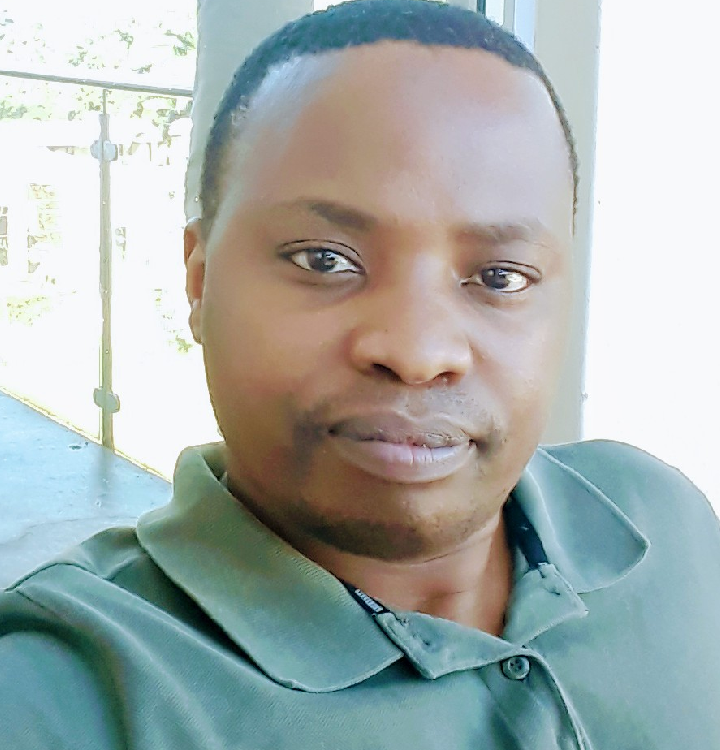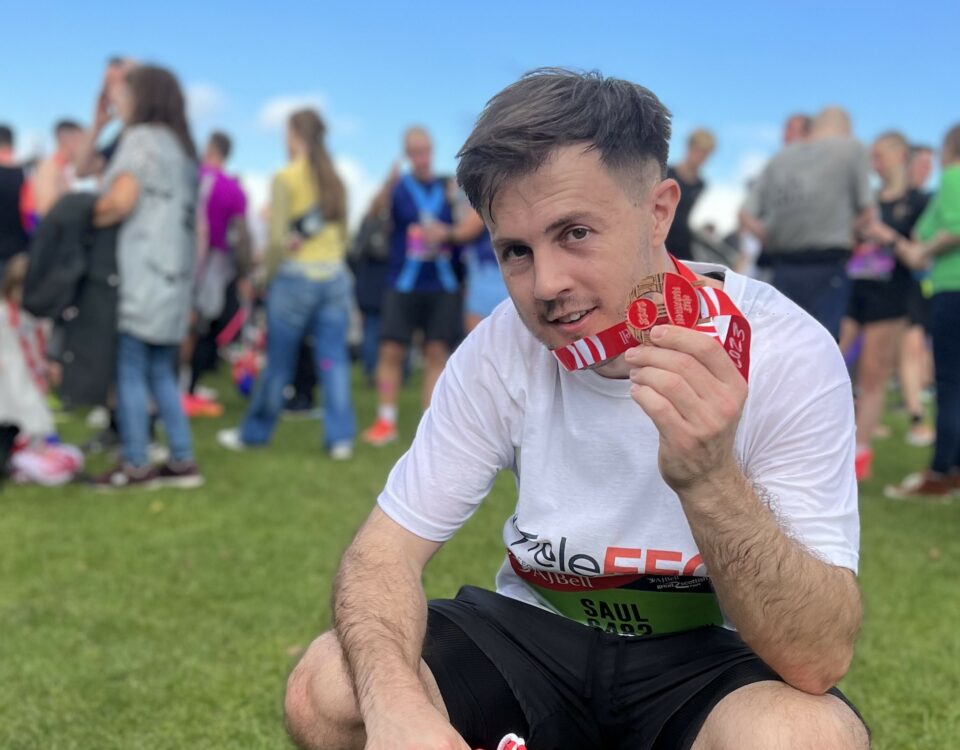This website uses cookies so that we can provide you with the best user experience possible. Cookie information is stored in your browser and performs functions such as recognising you when you return to our website and helping our team to understand which sections of the website you find most interesting and useful.
TeleEEG in Ecuador
TeleEEG in Ecuador

As the narrow boat slips quietly along the Amazon tributary, the peaceful stillness of the water is pierced by a cacophony from the surrounding rainforest canopy.
Welcome to ECUADOR, a first for team TeleEEG as our latest expedition takes us to Hospital Maria Velasco Ibarra, Tena deep in the Amazon Basin.
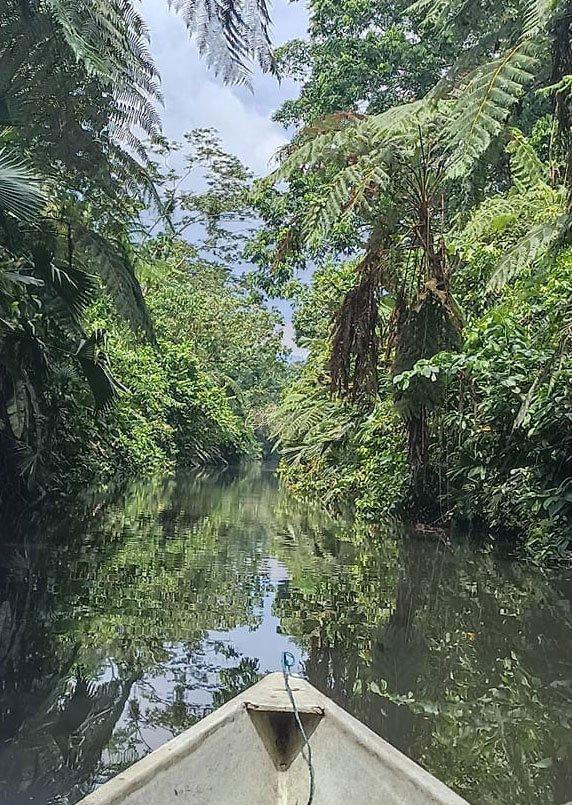
TeleEEG is a British charity helping people living with and affected by epilepsy to have improved diagnosis and treatment, providing by donation EEG equipment, practical support & training of local healthcare workers, in resource-restricted areas.
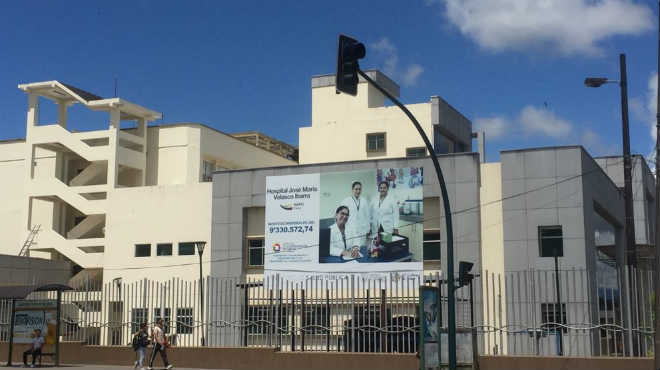
Our latest enablement in Tena ECUADOR is to include a satellite service for the Galapagos Islands.
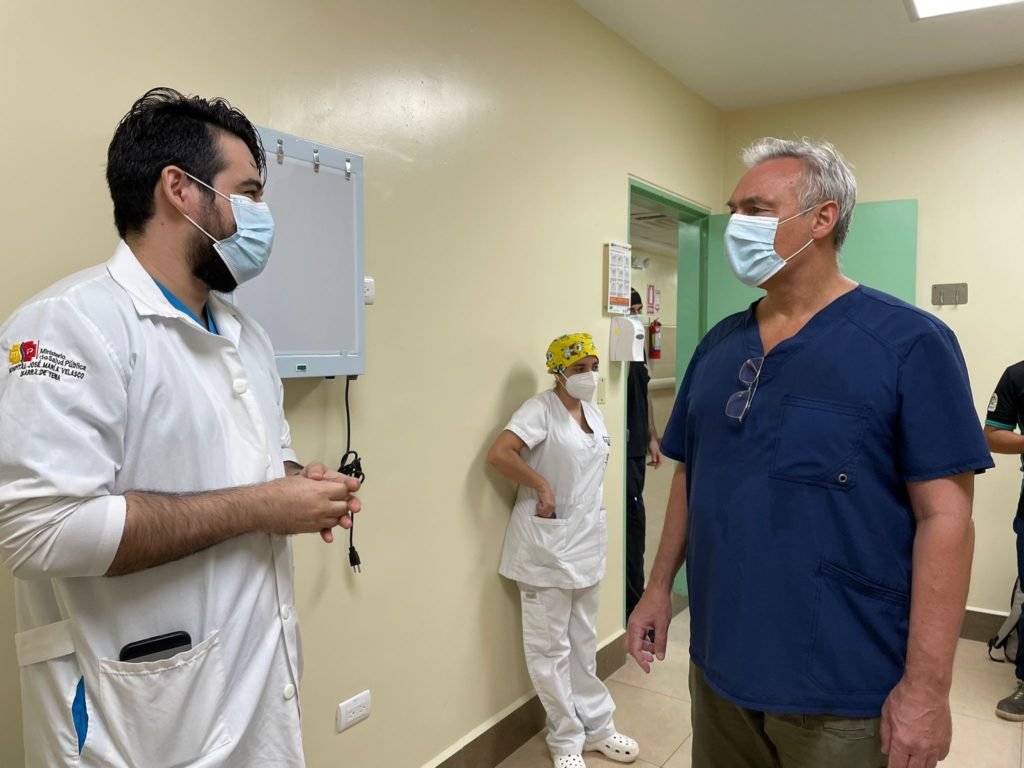
Over the last 10 years, TeleEEG has leveraged donations of £125,000 for EEG equipment into over £1.5m worth of direct medical aid in the accurate diagnosis of epilepsy by volunteer interpreters for 20,000+ patients using EEG recordings.
While patients of all ages attend the 55 clinics we have enabled worldwide in 21 countries to date, our median patient age is 14 years old.
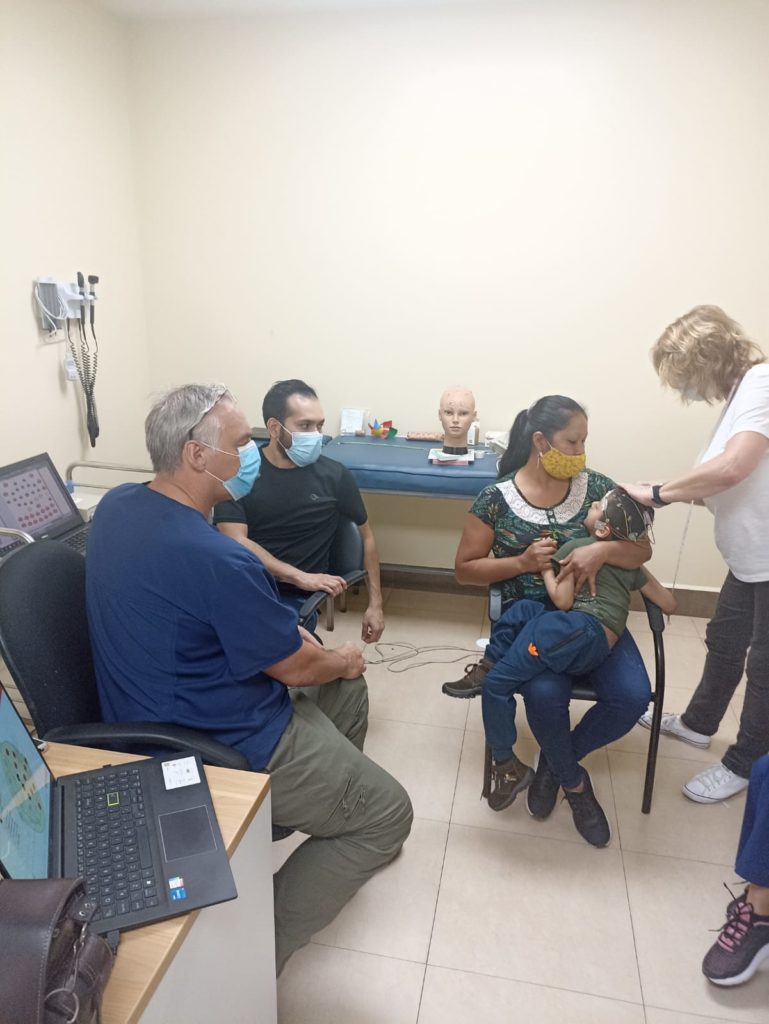
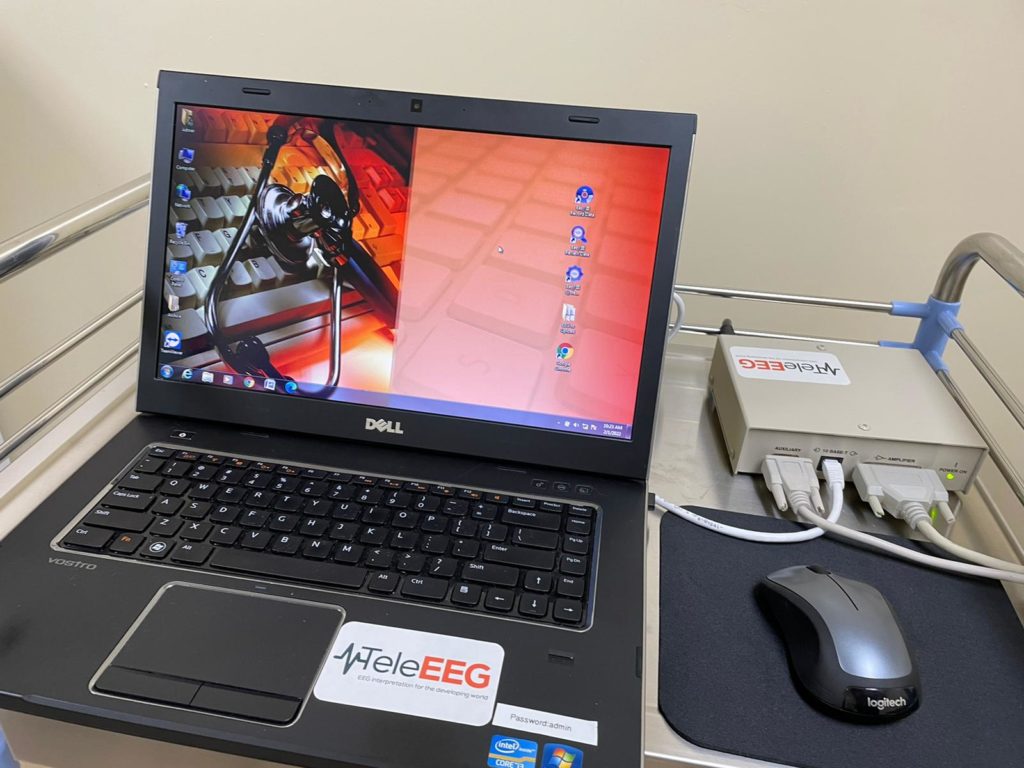
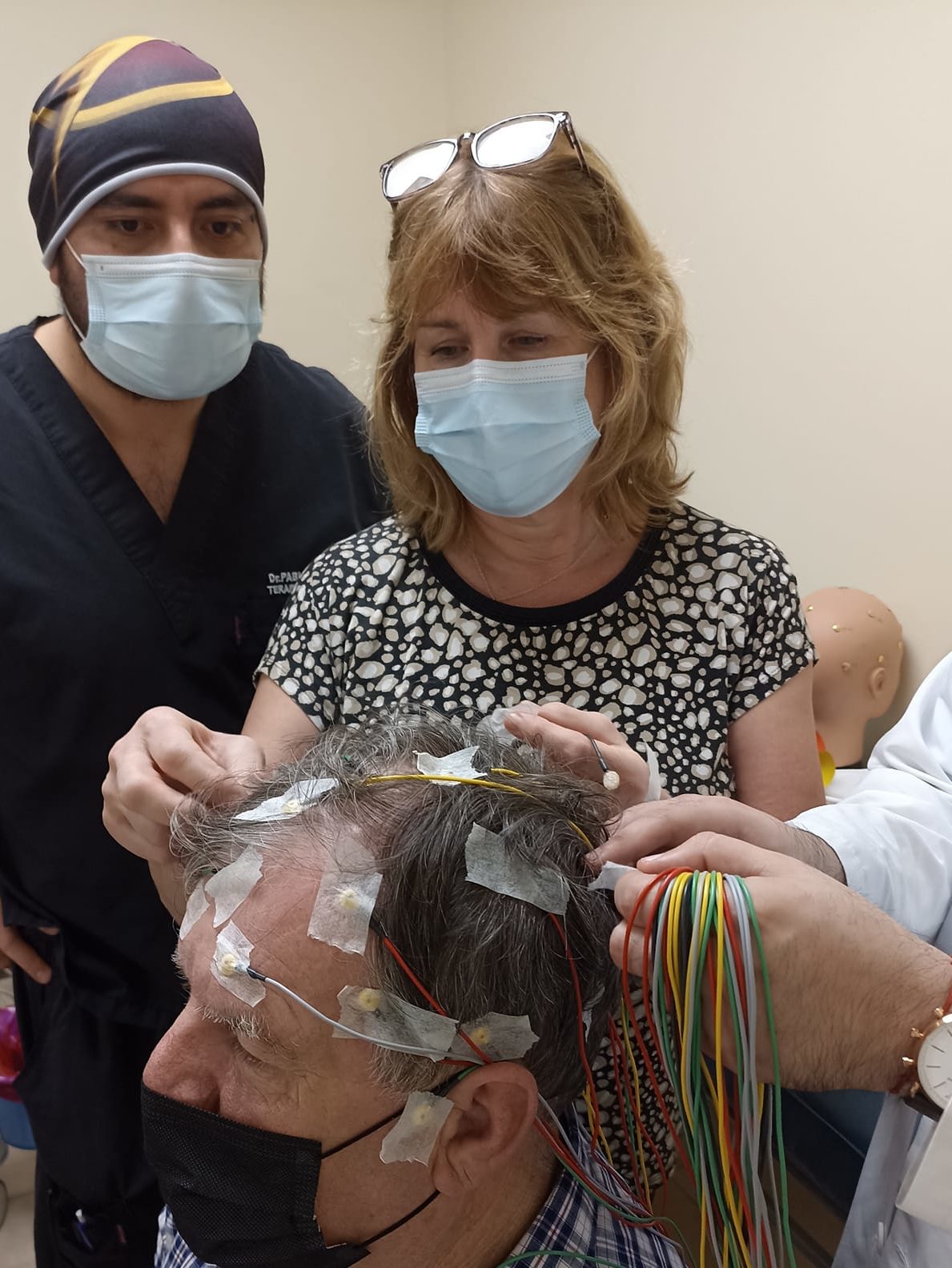
At the hospital, during our visit 11 healthcare workers were trained in the correct application of electrodes to enable the Electroencephalograph (EEG) recording to be taken. “Standing behind the patient and working with the international 10-20 system of electrode placement.
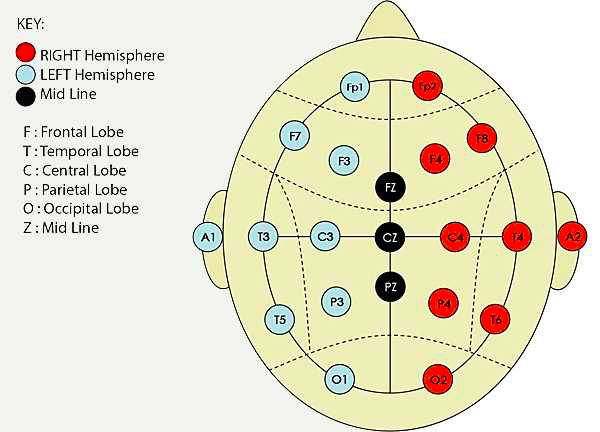
When reporting on an EEG it is so important that the electrodes have been put in the correct “10-20” places.
This is because the recording channels measure the difference between pairs of electrodes. The closer they are together the smaller the signal and if they are not even this makes it impossible to know if the activity is normal.
One of the most important aspects of obtaining a good EEG (after rubbing the scalp clean enough) is putting the electrodes on the “right” places and in the right way.
Wires all leading in the same direction towards the back of patient, like tails, help keep them in place and reduce artefacts caused by electrical interference to a mininum.
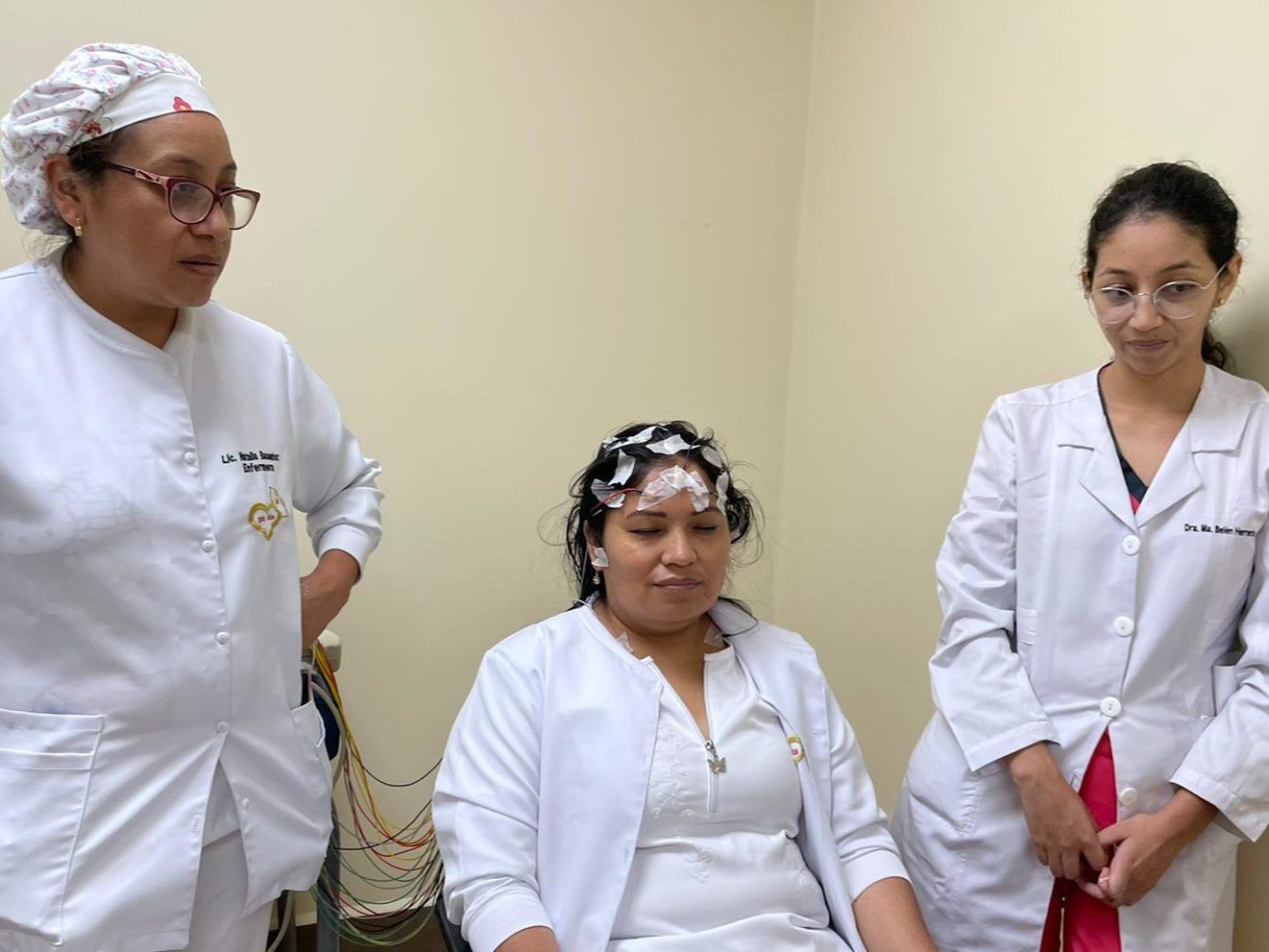
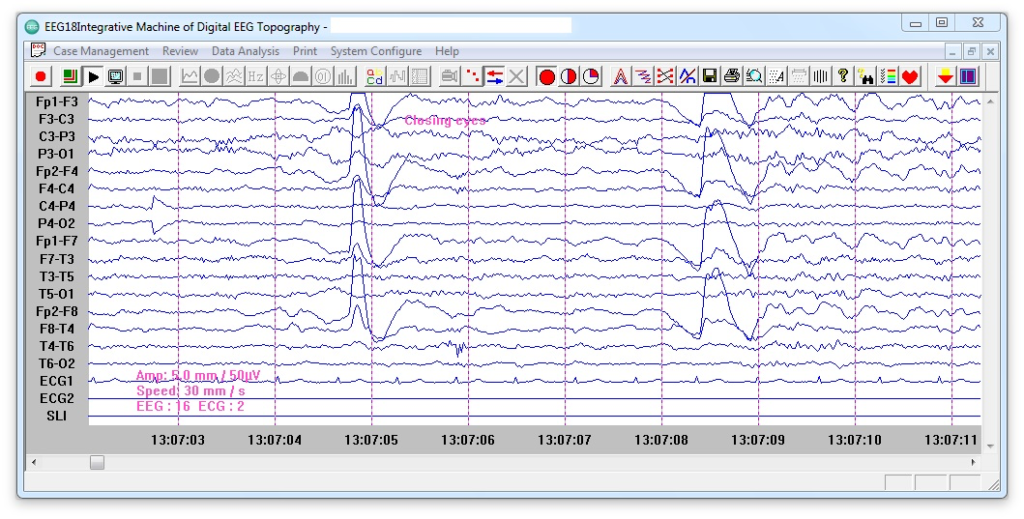
TeleEEG remote support in Tena was requested Dr Espinosa and Dr Bayas on the recommendation of our partners at US-based ROW Foundation. ROW is working to help further by providing donations of levetiracetam for the hospital at Tena.
If you would like to get involved or help, please consider donating or volunteering;
We require equipment donations, funding and volunteer Consultant Physicians specialising in Neurology and Neurophysiology worldwide


